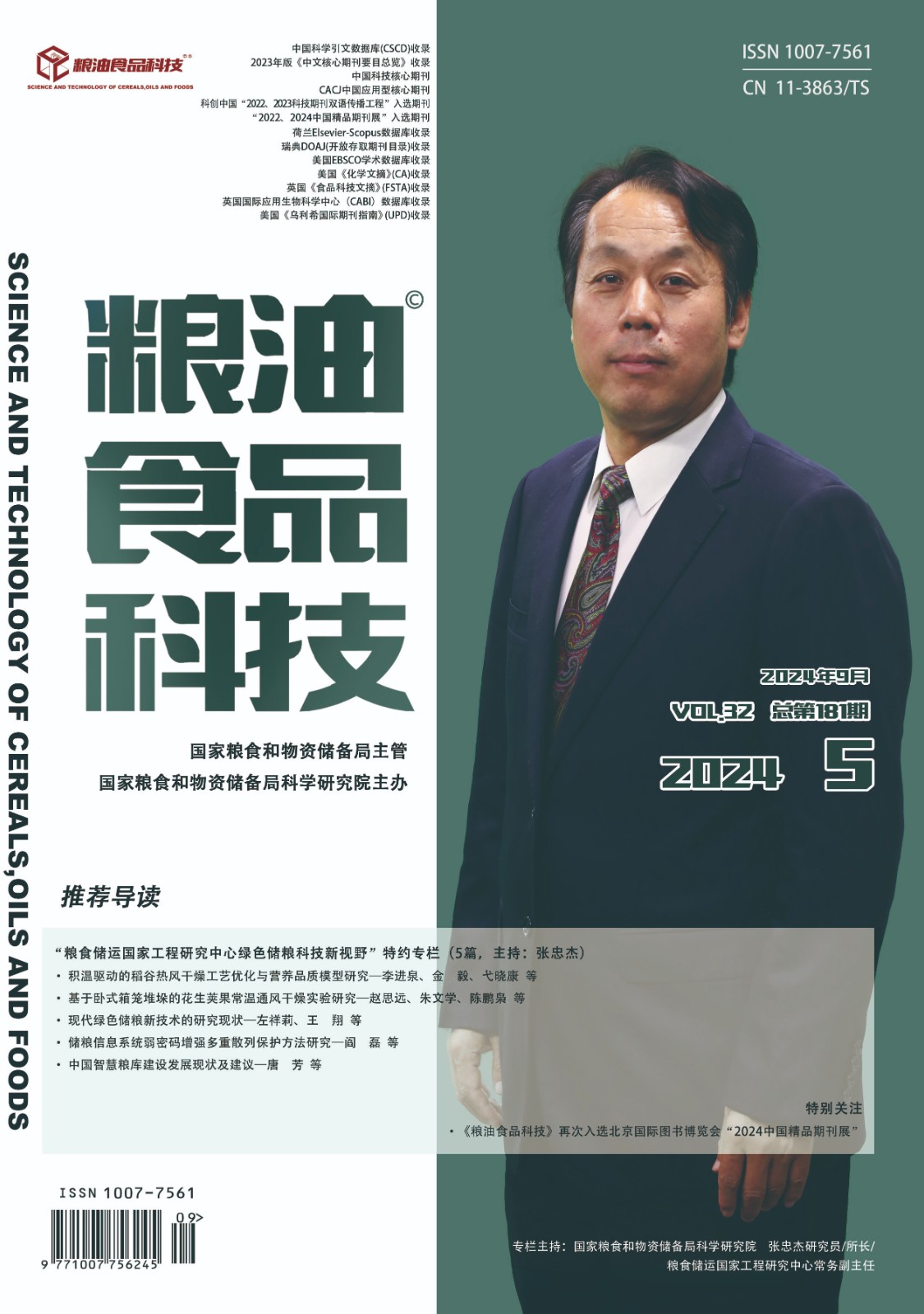Abstract
To analyze the effects of five kinds of coarse cereals, namely quinoa, highland barley, black rice, triticale and oat, on the glycemic index (GI) and quality of steamed bread. The 5 kinds of coarse cereals were incorporated to steamed bread at proportions of 10%, 20%, 30%, 40% and 50%. The GI values of the steamed bread were measured through a GI20 automatic in vitro simulated digestion system. The effects of the coarse cereals on the sensory score, color, texture and other quality related indicators of steamed bread were analyzed. Compared with ordinary steamed bread made from regular wheat flour, with increasing proportions of coarse cereals, the GI value of steamed bread gradually decreased. The sensory quality declined, with lower sensory scores, the internal structure gradually became rough, the hardness increased and the brightness decreased. Under the condition that the sensory score was greater than 75 points, the maximum permissible addition proportions for quinoa, highland barley, black rice, triticale and oat were 10%, 40%, 30%, 60% and 30%, respectively, and the corresponding GI values were 79.94, 67.49, 72.45, 69.61 and 74.52, respectively. The coarse cereal steamed bread made with 40% highland barley flour substitution had the lowest GI value, the best hypoglycemic potential, the highest dietary fiber content, and good sensory quality. This study provides a reference for the development of coarse cereal steamed bread with blood glycemic regulation ability.




































